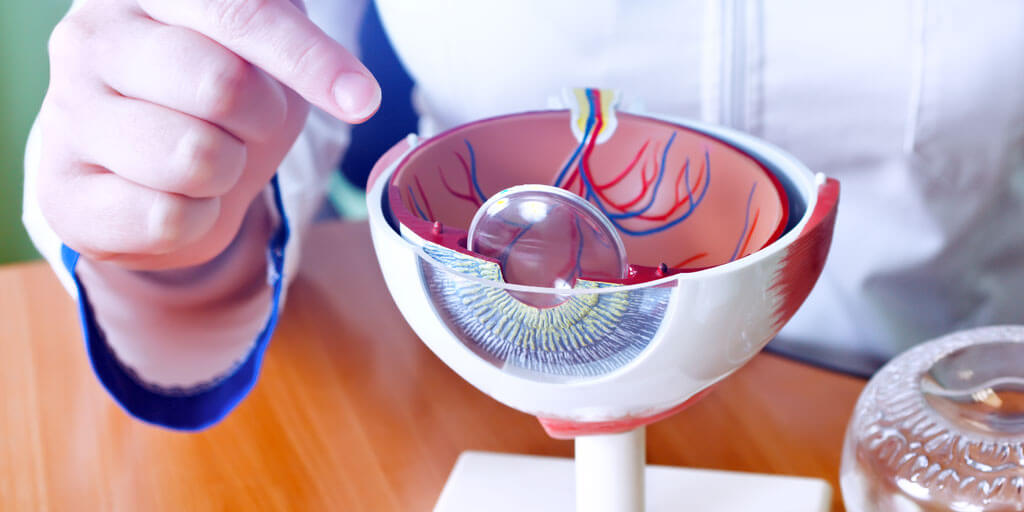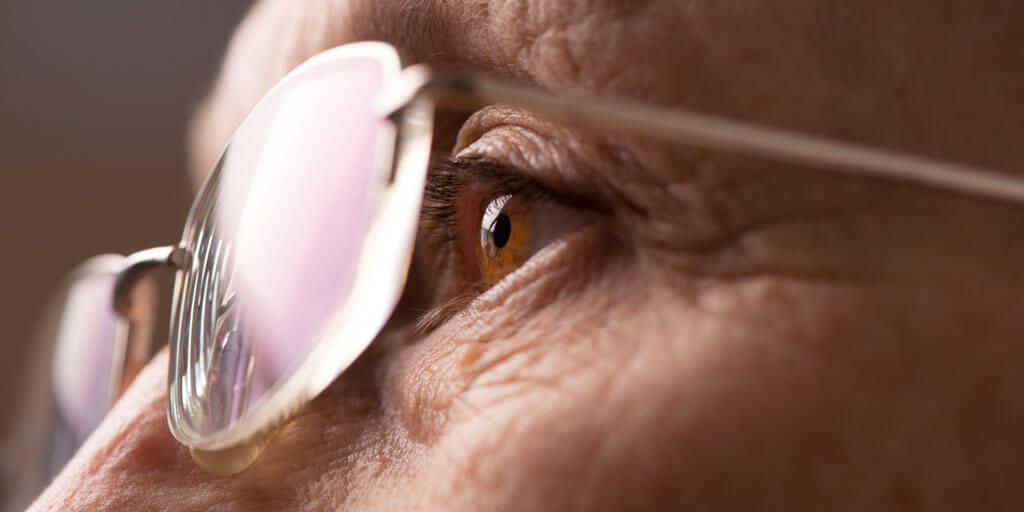
How does the optic nerve get damaged by open-angle glaucoma?
Several large studies have shown that eye pressure is a major risk factor for optic nerve damage. In the front of the eye, clear fluid flows continuously in and out of a space called the anterior chamber.

Excess Eyelid Skin (Dermatochalasis) and Droopy Brows (Eyelid Brow Ptosis)
Excess skin and loss of volume in the eyelid area can detract from a healthy appearance. Excess skin hanging over the eyelid area and drooping of the brows can cause obstruction of vision.

Who is at risk for diabetic retinopathy?
Diabetic retinopathy can develop in anyone who has Type 1 or Type 2 diabetes. The longer a person has diabetes, and the less controlled the blood sugar is, the more likely that person is to develop this disease

Living with low vision
Coping with low vision can be overwhelming and emotionally difficult. However, with time and effort – and the support of the low vision experts at Eye Consultants of Pennsylvania, you can adapt to low vision.

What eye conditions are treated with oculoplastic cosmetic surgery?
There are a wide variety of orbital and cosmetic eye lid conditions that can be treated with oculoplastic surgery.

How do I know if I have low vision?
There are some common signs of low vision. Even when wearing your glasses or contact lenses, do you still have difficulty with recognizing the faces of family and friends?

What are the parts of the cornea?
Although the cornea may look clear and seem to lack substance, it is a highly organized tissue. Unlike most tissues in the body, the cornea contains no blood vessels to nourish or protect it against infection.

What’s Normal? Some age-related vision changes are completely normal.
Not all declines in vision quality are the result of disease. Certain anatomical changes naturally occur as the eyes age. The various internal and external structures of the eyes begin to wear down as we age.

What are the types of diabetic retinopathy?
There are generally two stages of diabetic retinopathy: Nonproliferative and proliferative. Nonproliferative diabetic retinopathy (NPDR) is the most common type of diabetic retinopathy.

How to prepare for a neuro-ophthalmology evaluation
Because neuro-ophthalmology is a subspecialty of both neurology and ophthalmology, preparing for your neuro-ophthalmology evaluation takes a bit of teamwork.

What is “Bladeless” or “All Laser” Custom LASIK?
This state-of-the-art procedure is our preferred technique of laser vision correction for the majority of patients. Two lasers are used to perform Bladeless LASIK.

What’s Not a Normal Part of Aging?
As you get older, it is very important to have regular eye examinations. Some eye changes may signal something more serious than age-related changes, such as an eye disease that needs medical treatment.





